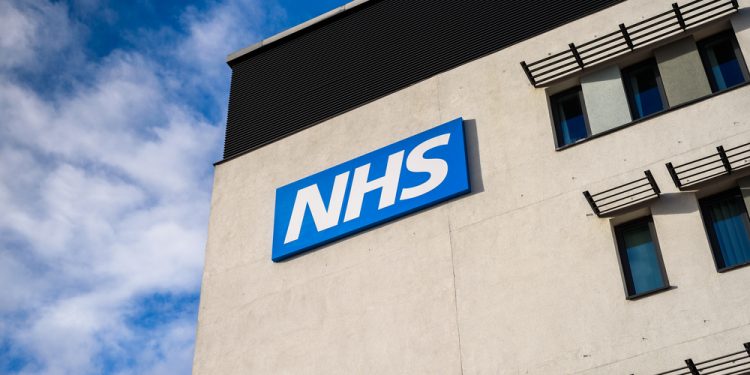A further 100,000 people have been added to NHS England waiting lists, according to official NHS data.
This brings the number of people on the NHS England waiting list for treatment to 7.4 million in April- another new record – up from 7.3 million people in March.
Of those 7.4 million people, 371,111 patients were waiting for treatment for more than a year, 95,135 patients were waiting for more than 65 weeks, 11,477 patients were waiting more than 78 weeks, and 523 patients were waiting more than two years.
This compares with the March data which showed 359,798 patients were waiting more than a year, 10,737 patients were waiting more than 18 months and 559 patients were waiting more than two years.
At the end of April 2023, 58.3% of patients waiting to start treatment were waiting up to 18 weeks so were not meeting the 92% standard. This was down from 58.6% in March.
For patients waiting to start treatment at the end of April 2023, the median waiting time was 13.8 weeks. At the end of March 2023, the median waiting time was 14.1 weeks.
Stalling progress
Saoirse Mallorie, senior analyst at The King’s Fund, said the figures show stalling progress in efforts to cut waiting times.
“Right across health and care services, too many people are still waiting far too long for the care they need,” Mallorie said.
“NHS staff continue to work flat out to bring down waiting times for care. Despite this, the overall waiting list stands at over 7.4 million people and on average over 12,000 medically fit are delayed from leaving hospital each day due to pressures in both hospital and community services. Further planned industrial action this month will cause additional disruption.
“We seem to be stuck in a loop of national NHS workforce plans being repeatedly promised and then postponed, while patients and staff continue to pay the price of protracted uncertainty. It’s crucial that health leaders are provided with the workforce plan they need, including the details of funding to underpin it. The plan itself will be a real test of how seriously the government is taking its commitments to grow the NHS workforce and improve care.”
Breaking point
For Brett Hill, head of health and protection at independent consultancy Broadstone, the NHS continues to function at “breaking point” with little signs of any pressures in the system abating.
“The number of people waiting over a year for treatment returned to growth in a worrying sign as this can lead to missed diagnoses and drive more serious or complex health conditions,” Hill continued. “This news comes at the same time as the Royal College of Radiographers report staff shortages and long waiting times for cancer tests and treatment across all four nations of the UK.
Renewed debate about healthcare delivery
And Hill added the crisis is leading to renewed debate over how we deliver healthcare in the UK.
“Employers increasingly recognise that they can no longer rely on the NHS to keep their colleagues healthy and help them back to work should they suffer from a longer-term illness,” Hill said.
“With surging economic inactivity and staff shortages hurting businesses, this is driving strong demand for healthcare plans like private medical insurance. We have seen private health admissions hit their highest ever level in 2022, accelerating throughout the year, and this growth is expected to continue as more businesses see the need to take responsibility for protecting their staff’s health and well-being.”






